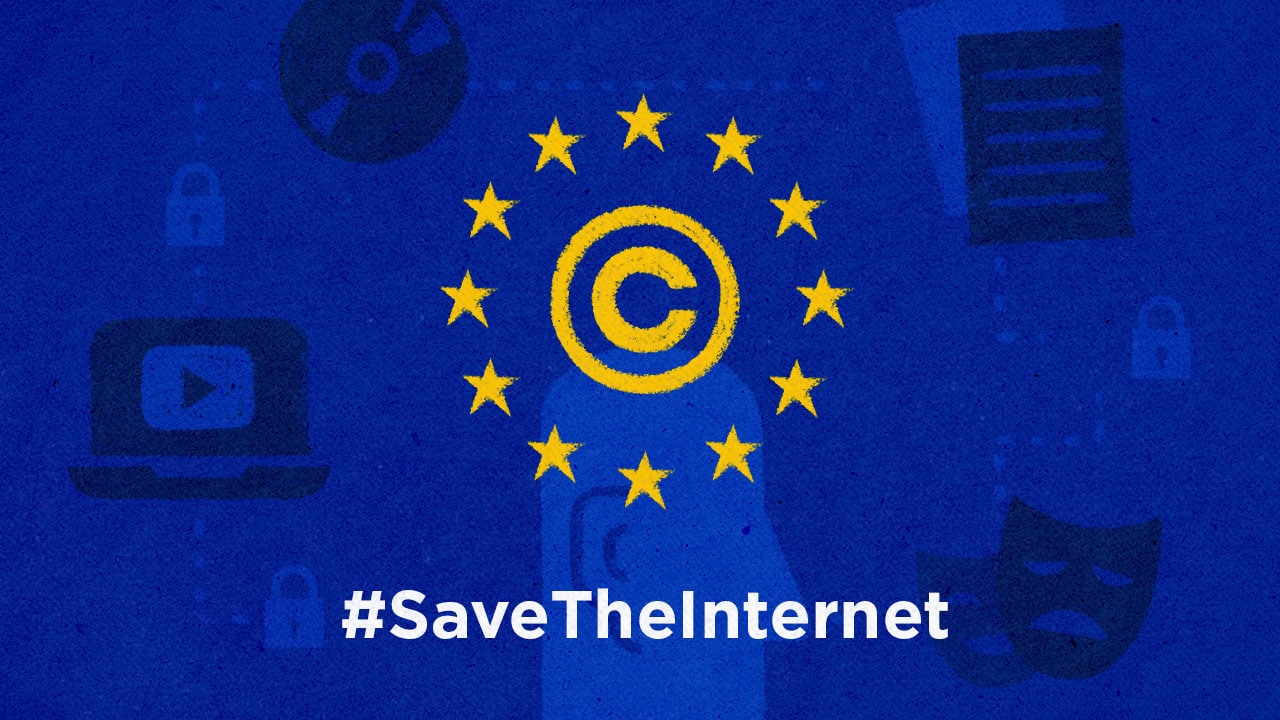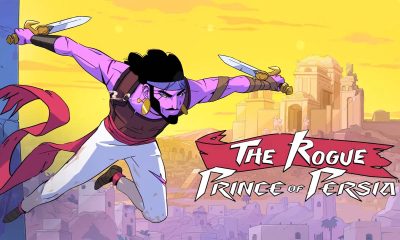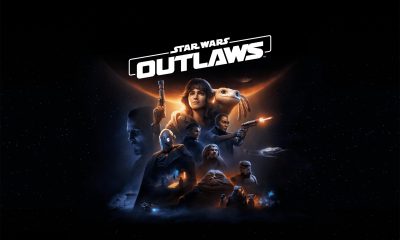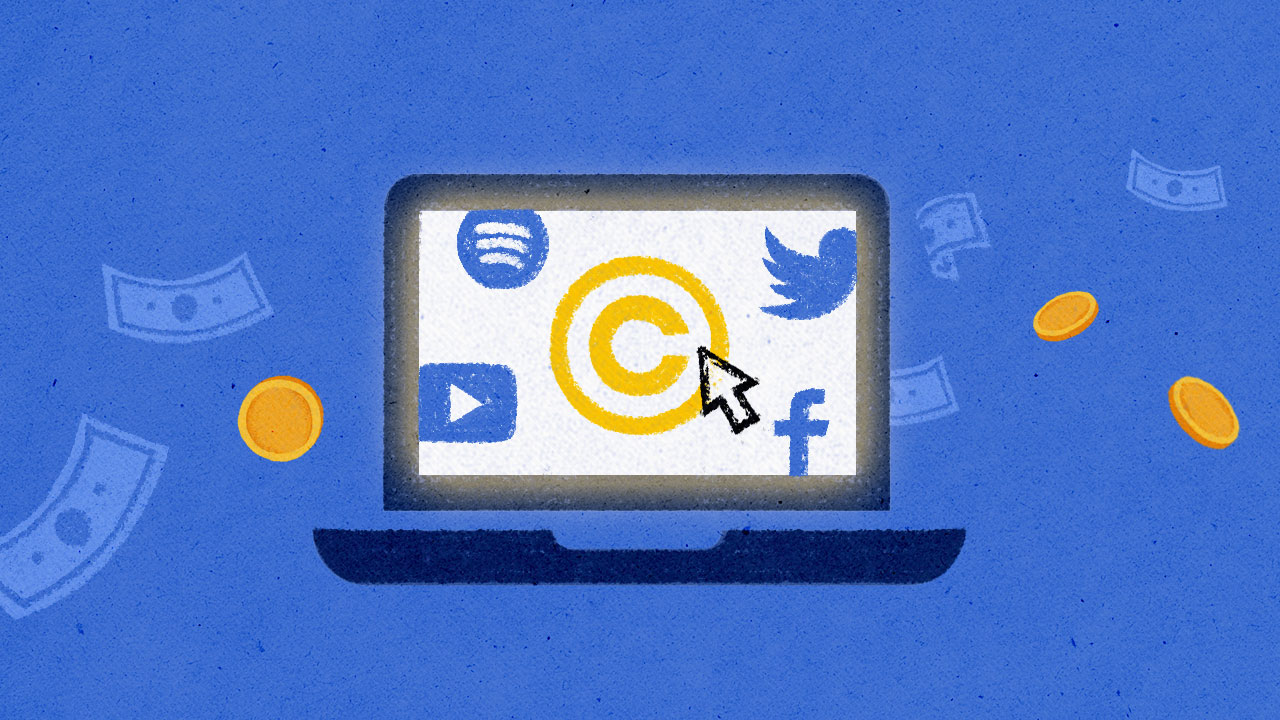

If you haven’t been on the web often lately, this may be something that has slipped past your radar. On September 12, 2018, the European Parliament voted to pass a directive that could change the way we approach the internet for years to come. But, consider first that it’s only the initial review, with a final vote happening next year.
What is this directive, and why is the internet involved? Why are people suddenly seeing #Article13 trend on Twitter a few hours after the decision was passed? What’s with this #SaveTheInternet nonsense?
Understanding the copyright directive
The directive at the forefront of this entire debacle is known as the European Union Copyright Directive, or EUCD. The EUCD hopes to streamline effective regulations towards the protection of intellectual property in the EU. It was first adopted in 2001, following the ruling during the 1996 World Intellectual Property Organization Copyright Treaty. Earlier this year, another version of the directive was drafted with added articles and stipulations.
Basically, the EUCD seeks to create measures to protect one’s copyright on created content. The range of intellectual property that should be protected include music, videos, images, algorithms/codes, and even software. The directive calls for member countries to enact and implement laws that protect copyright owners. Eventually, such stipulations also reach big companies that operate within the EU.
You might be thinking why there is an outcry over it in the first place, especially when the directive’s purpose is clear. Well, there’s one particular part of the EUCD that a lot of people disagree on: Article 13.
The unlucky Article 13
Article 13 of the EUCD isn’t a lengthy piece of reading. The whole article contains three provisions for the implementation of copyright protection on websites that host user-generated content. The directive makes a note that these websites store large amounts of user-generated content, with the main purpose, if not one of its main purposes, of earning profit. Basically, any website that allows you to upload your own content and allows you to earn money from it is affected by the directive.
The article also cites that such websites should create measures such as “effective content recognition technologies,” complaint management systems, and tracking solutions. These measures should be readily available the moment users upload content on the website itself. With such measures taken into account, it allows content creators and service providers to properly engage in discussions should there be a dispute. It’s basically what YouTube Creators is all about.
Websites like YouTube, Twitch, Facebook, and Twitter, as well as streaming apps such as Spotify, Apple Music, and IGTV (when monetization is available) are most likely the article’s main targets. The directive also explicitly states that non-profit service providers and online marketplaces will not be affected. So, Wikipedia and Shopee aren’t affected, don’t worry.
The ongoing debate towards copyright protection
For some people, the EUCD is inherently good for intellectual property protection. They argue that the primary goal of the directive is to protect users from piracy and copyright infringement. Through the EUCD, there will be systems in place that protect music labels, content creators, and publishers from any illegal use of their content online. For these people, users should be held liable for infringement of any kind (memes, remixes, and parodies are a few examples).
Furthermore, the directive not only affects users but also the companies that run these websites. It basically mandates companies to create better content recognition systems, or change their already existing system for stricter copyright protection. If they don’t make adjustments, they will be held liable for any infringement-related issues. What Article 13 does, for those who are for the EUCD, is simply a suggested improvement.
However, there are others who believe that the directive is a little too extreme and could potentially do more harm than good. Leading institutions and companies in the tech industry think that the provisions are too vague, leaving it open for interpretation. This has the potential for companies to abuse copyright claims without effective ways of intervention. Furthermore, any significant changes to already-existing systems would require heavy costs to implement.
The bigger picture here is how the directive affects the internet as a whole. Big names in the tech industry argue that it’s an attack on the creative freedom of users. Instead of allowing the internet to be an open space for the right way of creativity, it simply adds more filters and restrictions in the process. Basically, you can’t put up an Avengers meme without having the approval of Disney and Marvel Studios first.
So, what happens now?
The EUCD was put in place to protect copyright — a simple and basic goal. There is recognition that there are measures that must be in place to uphold copyright. There is no denying that big companies have to abide by intellectual property rules, or suffer severe consequences for infringement. However, a lot of people are clamoring that these measures are both vague and sound extreme. Not only does the directive infringe one’s creative freedom in providing quality content, but it also makes the whole process costly and rigid.
At the end of the day, everybody wants to protect copyright. The argument for or against the EUCD is already past the debate on whether protecting copyright is right or wrong. The debate now is whether or not a open source like the internet should be kept that way or be strictly protected at all costs.
All of these will come into play in January 2019, when the European Parliament casts its vote for or against the directive. If you have the time to read the EUCD, you can access the full document here.


It’s that time of the year again!
Since 2020, Samsung has equipped the Galaxy S20 Ultra with an ultra-fast 45W fast-charging speed compared to the Galaxy S10+‘s measly 15W charging standard. Four years after, 45W still remained on the Galaxy S24 Ultra.
For three consecutive years, Michael Josh has conducted a dedicated charge test to know whether its 45W “Super Fast Charging” works as promised on the latest line of Samsung’s Galaxy flagships. The Galaxy S24 Ultra isn’t an exemption to that.
Curious to know? Find out in our Galaxy S24 Ultra and Galaxy S24+ Charge Test.
Explainers
ChatGPT Explained: Should we be scared of AI?
Will the talking robot take over the world?

Back in the earlier days of the internet, an emerging but short-lived trend involved chatbots who could generate conversation with whomever it talked to. Does this sound familiar? Today, a similar phenomenon is creating a lot of waves online, headed by the infamous ChatGPT. The exceedingly popular ChatGPT is turning heads out of fear that the technology will eventually upend society and eradicate a lot of jobs.
But what exactly is ChatGPT? How is it different from language programs in the past? Is the world right to worry about them?
On the rise of language learning
ChatGPT is hardly the first software to inexplicably generate comprehensible dialogue without human intervention. Decades ago, the internet hosted rudimentary versions of today’s chatbot technology. The concept is somewhat similar, though. The early versions relied on a database of responses from human users. If you asked about coffee, for example, the answer you get will likely come from the logs of another user who talked about coffee in the past.
Because the system was imperfect in its infancy, part of the appeal was trying to get the software to fumble a conversation. However, if it did mess up, you can count on it asking you what it should have said. The next time someone asks the same question, the software might mirror what you said, creating a learning process between the software and the user.
Today, chatbots — meaning those usually used by businesses today — operate in the same way. If a customer comes with a query, the software will rely on a set of responses to most appropriately address the user’s problem. If the software can’t come up with a solution, the ball usually gets passed on to a human consultant.
Is ChatGPT just another chatbot?
Though the label certainly gets thrown around, ChatGPT isn’t strictly a chatbot. Instead, the software uses GPT-3.5, a specific language model created by OpenAI. Whereas early and more rudimentary versions of the same technology can already store an unbelievable amount of information in its memory, ChatGPT can analyze billions of words and the relationship between them.
Further, OpenAI extensively trains the software, ensuring that comprehension and grammar can live up to today’s standards. The learning is supervised. In fact, the company even has a makeshift reward system to ensure that the software puts out the most appropriate response. With users also contributing to the software’s learning process, ChatGPT is quickly emerging as a powerhouse for the technology.
The results speak for themselves. While users can generate simple conversations with the software, ChatGPT can just as easily answer more extensive queries with lengthier responses. If you ask it to create an essay about Christopher Columbus, for example, it can write a lengthy piece that can easily fool a casual reader. It can even handle more speculative queries. In a sample published by the developer, ChatGPT can answer what would happen if Columbus discovered America in 2015.
What’s it good for?
Based solely on what the software can do, ChatGPT can find its purpose in today’s world. The software can improve voice assistants and chatbots all over the internet. It can make big strides in the world of automation, enabling a more responsive interface between user and software.
On a more human aspect, the software can also handle more professional jobs with simpler prompts such as those involving simple marketing copy. It can help with more ephemeral research efforts, allowing users to get simple answers for otherwise complex questions.
And, on a more technical side, ChatGPT can reportedly analyze and detect what’s wrong with a piece of coding. With the software, developers can use ChatGPT to potentially repair code without having to pore over every single line. Allowing a powerful tool to inspect code speaks volumes for a lot of applications all over the world including smart vehicles and technical machinery.
However, as with every piece of technology, users will always find a way to use something beyond what it was originally designed for. ChatGPT is now changing the world of education as students are using the software to do their homework for them. Though a lot of the sample texts look like they can fool only lower levels of education, a Wharton business school professor (via Business Insider) recently stated that he would have been fooled by a ChatGPT essay, grading a sample with a passable grade of B or B-.
Should we be scared of ChatGPT?
ChatGPT is undoubtedly rocking the world of education. While some schools have banned the technology outright, others are debating on the software’s impact on how schools are taught. Since ChatGPT deals out more factual information, could education reinvent itself to teach more personal, tailored learning, rather than just the ability to spit out memorized facts. (“Factual” might even be an exaggeration. CNET, which recently experimented with AI-written articles, discovered a plethora of errors from using the software.)
Now, education isn’t the only world in peril. The creative industry is facing an extreme challenge wherein ChatGPT can potentially cause workers their jobs. Though the danger certainly seems real, the limitations of technology are also real. ChatGPT can create comprehensible text that can fool a human, but it will likely stumble with conceptualization.
A piece of software is just software. Even if it can write an essay about existentialism, it cannot think of the concept metaphysically. In the same way, even if it can show you a photo of a parrot, it cannot think of that photo as anything but a pattern of pixels. To a language learning software, words don’t mean anything else besides their relationship with each other. It’s the same thought process as a dog learning to run to its human when its name is called. The dog doesn’t know that you just said its name (or even the mere concept of a name); it just knows to do a certain action after hearing a specific sound.
Can ChatGPT change the world? Overall, the jury is still out, but it’s unlikely that a piece of learning software can do much to replace human-centric work. Regardless, it’s important to think of how ChatGPT can improve (or detriment) humanity.
Like with other supposedly dangerous technology, the world of technology is a Pandora’s box. We can never put the genie back into the bottle. Once it’s out, it’s out. Instead of worrying about how technology can destroy the world, the more appropriate response is to figure out how it can better humanity without sacrificing anyone’s wellbeing in the process.

When you’re looking to buy a new device, which specs should you pay attention to? Which upgrades should you consider?
In this video instead of reviewing the latest new smartphone, we’re going to talk about its unsung hero: RAM.
We partnered with @MicronTech to help you understand all the magical things that you get to do on your smartphone thanks to internal memory and storage.
To find out more about Micron’s mobile memory and storage solutions and how they’re bringing mobile innovation to life, visit https://www.micron.com/solutions/mobile or watch our explainer video.
-

 Accessories2 weeks ago
Accessories2 weeks agoApple Vision Pro Review: Two Months Later
-

 Features5 days ago
Features5 days agoFortify your home office or business setup with these devices
-

 Gaming1 week ago
Gaming1 week agoThe Rogue Prince of Persia looks like an ultra-colorful roguelite
-

 Events1 week ago
Events1 week agoStellar Blade: PlayStation taps cosplayers to play Eve for game’s launch
-

 Gaming1 week ago
Gaming1 week agoStar Wars Outlaws release date revealed
-

 Accessories1 week ago
Accessories1 week agoLogitech unveils G Pro X 60 gaming keyboard: Price, details
-

 Philippines2 weeks ago
Philippines2 weeks agovivo Y100 to release in Philippines on April 27
-

 Deals2 weeks ago
Deals2 weeks agoSamsung Awesome April: Deals on Galaxy A series




























